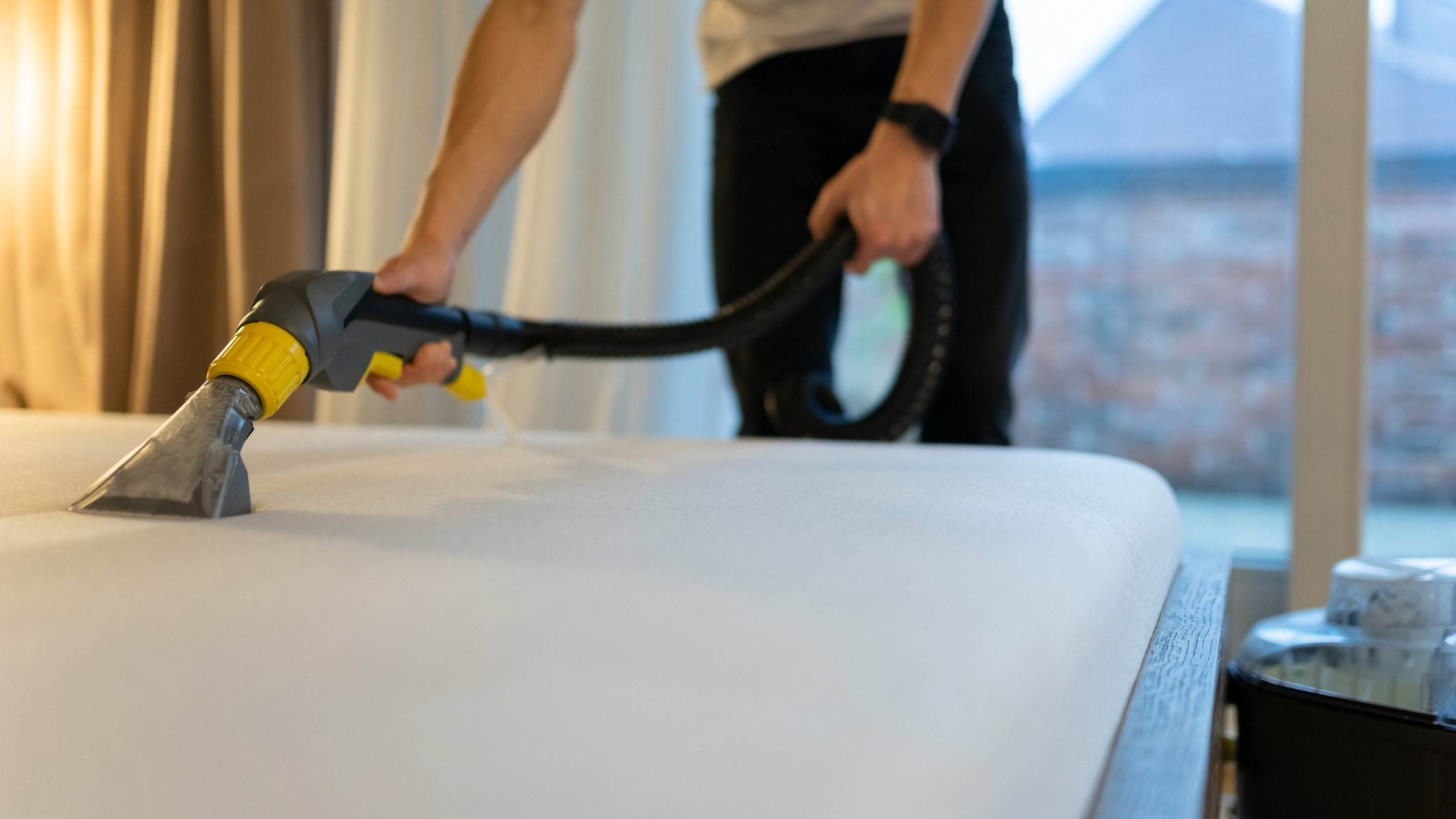A good night’s sleep is essential for our overall well-being, and one often overlooked factor that can impact the quality of our sleep is dust. Dust particles in our bedrooms can trigger allergies, cause respiratory discomfort, and disrupt our peaceful slumber. In this blog, we will explore the importance of dust cleaning for a healthy sleep and provide practical tips for creating a dust-free environment in your bedroom.
Let’s understand the relationship between dust and sleep quality.
Transition words like “firstly,” “initially,” or “to start with” can effectively introduce this topic.
Transition: Firstly, dust can significantly impact the quality of our sleep.
Transitioning with appropriate transition words, concise phrases, and an active voice, we can now discuss the relationship between dust and sleep quality. Consider the following points:
- Allergens and Irritants: Dust can contain a variety of allergens such as dust mites, pet dander, pollen, and mold spores. These allergens can trigger allergic reactions and lead to congestion, sneezing, and itching, making it difficult to fall asleep and stay asleep.
- Respiratory Discomfort: Inhaling dust particles can irritate the respiratory system, causing coughing, wheezing, and breathing difficulties. This can disrupt the natural sleep cycle and prevent deep, restful sleep.
- Disrupted Sleep Patterns: Dust-related allergies or respiratory discomfort can lead to frequent waking up during the night, resulting in fragmented sleep and a feeling of fatigue upon waking.
Let’s explore effective dust cleaning techniques for a healthy sleep.
Transition words like “next,” “furthermore,” or “additionally” will help us introduce this topic effectively.
Transition: Additionally, adopting effective dust cleaning techniques can significantly improve sleep quality.
Transitioning with appropriate transition words, concise phrases, and an active voice, we can now discuss effective dust cleaning techniques for a healthy sleep. Consider the following points:
- Dusting Surfaces Regularly: Use a microfiber cloth or electrostatic duster to gently remove dust from surfaces such as furniture, shelves, and window sills. Regular dusting prevents the accumulation of dust particles in your bedroom.
- Vacuuming with HEPA Filters: Invest in a vacuum cleaner equipped with a high-efficiency particulate air (HEPA) filter. Vacuum your mattress, carpets, rugs, and upholstery regularly to remove dust, allergens, and debris.
- Laundering Bedding Frequently: Wash your pillowcases, sheets, and blankets weekly in hot water to eliminate dust mites and allergens. Opt for hypoallergenic bedding materials to further reduce dust-related allergies.
Let’s discuss additional measures to create a dust-free sleep environment.
Transition words like “moreover,” “in addition,” or “furthermore” will help us introduce this topic effectively.
Transition: Furthermore, incorporating additional measures can help create a dust-free sleep environment.
Transitioning with appropriate transition words, concise phrases, and an active voice, we can now discuss additional measures to create a dust-free sleep environment. Consider the following points:
- Minimize Clutter: Reduce the number of items in your bedroom, as clutter tends to collect dust. Keep surfaces clear and organized to make dusting and cleaning easier.
- Air Purification: Use an air purifier with a HEPA filter in your bedroom to capture and remove airborne dust particles, allergens, and other pollutants.
- Regularly Wash Stuffed Toys: If you have stuffed toys in your bedroom, wash them regularly to eliminate dust mites and allergens. Consider using washable toys or placing them in sealed bags to reduce dust accumulation.
Let’s emphasize the importance of maintaining a consistent dust cleaning routine.
Transition words like “lastly,” “finally,” or “in conclusion” will help us introduce this topic effectively.
Transition: Lastly, maintaining a consistent dust cleaning routine is crucial for a dust-free sleep environment.
Transitioning with appropriate transition words, concise phrases, and an active voice, we can now emphasize the importance of maintaining a consistent dust cleaning routine. Consider the following points:
- Establish a Cleaning Schedule: Set a regular schedule for dusting, vacuuming, and laundering bedding to ensure dust does not accumulate over time. Consistency is key to maintaining a dust-free sleep environment.
- Encourage Good Habits: Educate family members about the importance of dust cleaning and encourage them to practice good habits, such as removing shoes before entering the bedroom to prevent tracking dust from outside.
Conclusion:
Creating a dust-free environment in your bedroom is essential for achieving a healthy sleep and promoting overall well-being. Dust particles can disrupt sleep quality, trigger allergies, and cause respiratory discomfort. By adopting effective dust cleaning techniques, incorporating additional measures, and maintaining a consistent cleaning routine, you can create an environment conducive to a peaceful and restful sleep. Prioritize dust cleaning for a healthy sleep and wake uprefreshed and ready to take on the day with renewed energy and vitality.
In conclusion, dust cleaning plays a vital role in promoting a healthy sleep environment. By understanding the impact of dust on sleep quality, implementing effective cleaning techniques, and incorporating additional measures, you can create a dust-free sanctuary that promotes restful sleep and overall well-being. So, take proactive steps to keep dust at bay, and enjoy the benefits of a peaceful and rejuvenating sleep every night. Sweet dreams!

